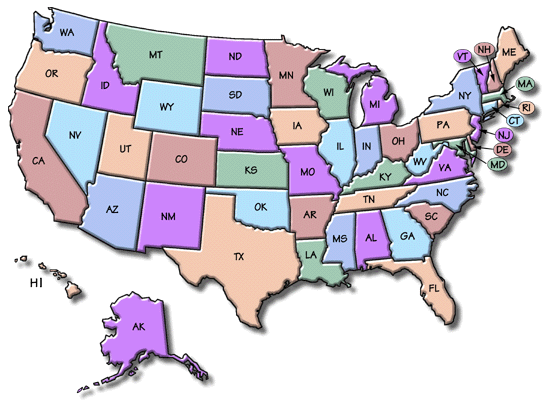C&D Debris
State Resources
Construction
and demolition (C&D) debris refers to materials produced in
the process of construction, renovation and/or demolition of structures,
where structures include buildings (residential, commercial, institutional),
roads, and bridges. Depending on your state's definition, C&D
debris typically include concrete, asphalt, wood, gypsum wallboard,
paper, glass, rubble, and roofing materials. Land clearing debris,
such as stumps, rocks, and dirt are also included in some state
definitions. In most cases C&D debris is nonhazardous and is
regulated by states and local governments rather than by EPA. An
exception would be where C&D debris contains hazardous waste,
such as removed asbestos insulation. For information on hazardous
waste regulations, see: http://www.cicacenter.org/hazwaste.html.
C&D
debris is a significant issue in the U.S. because of the enormous
volume of C&D debris generated. A large fraction of C&D
debris ends up in municipal solid waste landfills or in special
C&D landfills, which may have the potential to contaminate
groundwater. Also, each year, there is less land available for
waste disposal. As a result, many state and local governments are
seeking ways to divert C&D debris from land disposal, including
the promotion of recycling. Also, Green Building programs exist
where the focus is on minimizing the generation of wastes.
State
and local regulations may limit where you can dispose of C&D
debris. For example some local governments do not permit C&D
debris to be disposed of in their municipal landfill. Also, some
local governments, particularly in California, require construction
companies to recycle a minimum percentage of the C&D debris
generated.
Use
this tool to locate regulatory information and other compliance
assistance and P2 resources for your state. It is also recommended
that you contact your city or county government to determine if
local rules also apply to your project.

|

